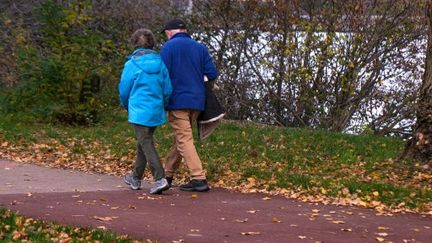Between 2008 and 2022, healthy life expectancy increased by 1 year and 9 months for women and by 1 year and 6 months for men. The indicator fell in 2020, in the context of the coronavirus health crisis, then it increased sharply in 2021.
Published
Reading time: 1 min

At 65, a woman can expect to live another 11.8 years without being limited in the activities of daily life by a disability or illness and a man 10.2 years, according to a study by the Drees (Research Department, studies, evaluation and statistics) published Friday December 22.
Like every year, the Drees reveals the evolution of life expectancy without disability, which “corresponds to the number of years a person can expect to live without being limited in the activities of daily living”. Drees chose to look at this indicator because if “life expectancy at birth is steadily increasing”these “not all recent years are necessarily lived in good health”.
A clear decline during the coronavirus crisis
Between 2008 and 2022, healthy life expectancy increased by 1 year and 9 months for women and by 1 year and 6 months for men. In 2020, due to the coronavirus, this indicator suffered a sharp decline, before increasing sharply in 2021. But in 2022, “at the end of the health crisis, life expectancy without disability drops and returns to the 2020 level”. Drees specifies that the indicator still remains “significantly higher” at the 2008 level.
Disability-free life expectancy at age 65 has even increased “faster than life expectancy at the same age” between 2008 and 2022, the study boasts. So, “for men, years without disability represented 53% of the years remaining to live at age 65, compared to 47.7% in 2008”. For women, “the share of years without disability in life expectancy at age 65 increased from 44.7% in 2008 to 51% in 2022”.
Methodology
“To be calculated, disability-free life expectancies require an estimate of the share of the population declaring that they have been limited for at least six months in the activities that people usually do due to a health problem.” The study was conducted through face-to-face interviews.

